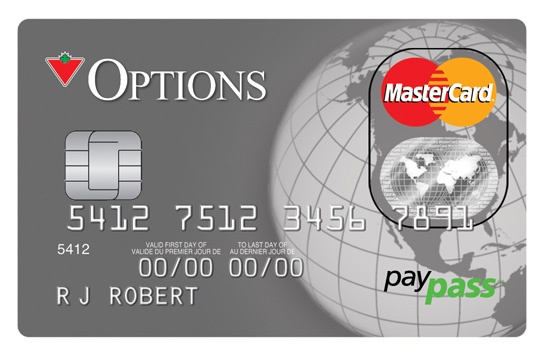Canadian Tire (TSE: CTC.A) is a favourite destination of both professional and do-it-yourself auto mechanics, but recently the company’s financial services arm, Canadian Tire Bank has been doing some DIY tinkering as well to help boost the performance of their credit card portfolios.

“We wanted to optimize the balance of our credit card customers,” said Paul Robinson, associate vice-president of credit risk management at Canadian Tire Bank. “One of the significant ways we found we could do that was to improve the accuracy on how we are able to offer credit line increases to our credit card customers.”
RELATED CONTENT
How predictive analytics can deliver benefits
Digging through data can be path to the future
But it’s not that simple. Robinson said Canadian Tire had to determine correctly how much credit to provide each card holder against the individual’s income, previous payment history and potential for default.
It’s a delicate balance that involves huge amounts of data crunching considering the number of customers the Canadian retail icon has across the country.
After a testing out several solutions, Canadian Tire decided to sign up FICO (NYSE: FICO) a predictive analytics company, to help build a predictive modeling solution that would help the retailer determine the ideal credit limits to offer its customers.
Canadian Tire has used FICO’s software products for nearly 20 years in other areas of the business such as inventory handling, according to Matthew LaHood, senior director of custom analytics for the Americas at Fico.
“This time they wanted us to help them with their credit card portfolio because they realized that Canadian Tire their average customers’ card balance was lagging behind its competitors,” he said.
Canadian Tire’s decision making process for determining credit limits was already data driven at that time, said Robinson but they needed a deeper level of refinement.
For instance, he said, agents were needed to be equipped with better quality data to be able to offer a customer the credit card limit that would result in maximum profit potential with minimum risk.
Ten months after the implementation Canadian tire was able to raise its profit by up to $8 per client, said Robinson.
However, Robinson said Canadian Tire also profited from how FICO carried out the implementation.
“They didn’t just sell us the product, they trained our people to run and maintain it and then they taught us how to implement their software and methods to build our own predictive models,” he said.
Using FICO’s methodology, Canadian Tire analysts and developers were able to replicate predictive analytics models aimed at optimizing its credit collection strategy.
Robinson said his team intends to extend this DIY analytics capability to credit card authorization and pricing practices in the near future.
- Determine what aspects of the business you want to gain insights into – From the very start make it clear what levers you’ll pull for your business. Some company’s wait until the solution is almost done to add other parameters and this sets back design work
- Be aware of your biases – Some organizations are set on their policies that an effective model cannot be created, said LaHood. For example one company would not want any loss factored into the model because they’re company policy was to create profit. “What they didn’t realize was that if they allowed a measure of loss in one area of the business, they stood to gain a much larger profit,” said LaHood.
- Let optimization do its thing – Don’t flood the model with too much constraints. Some organizations don’t trust the model so they put out a lot of rules and constraints. “Sometimes this can be counterproductive because it does not allow optimization to reach its full potential,” said LaHood.